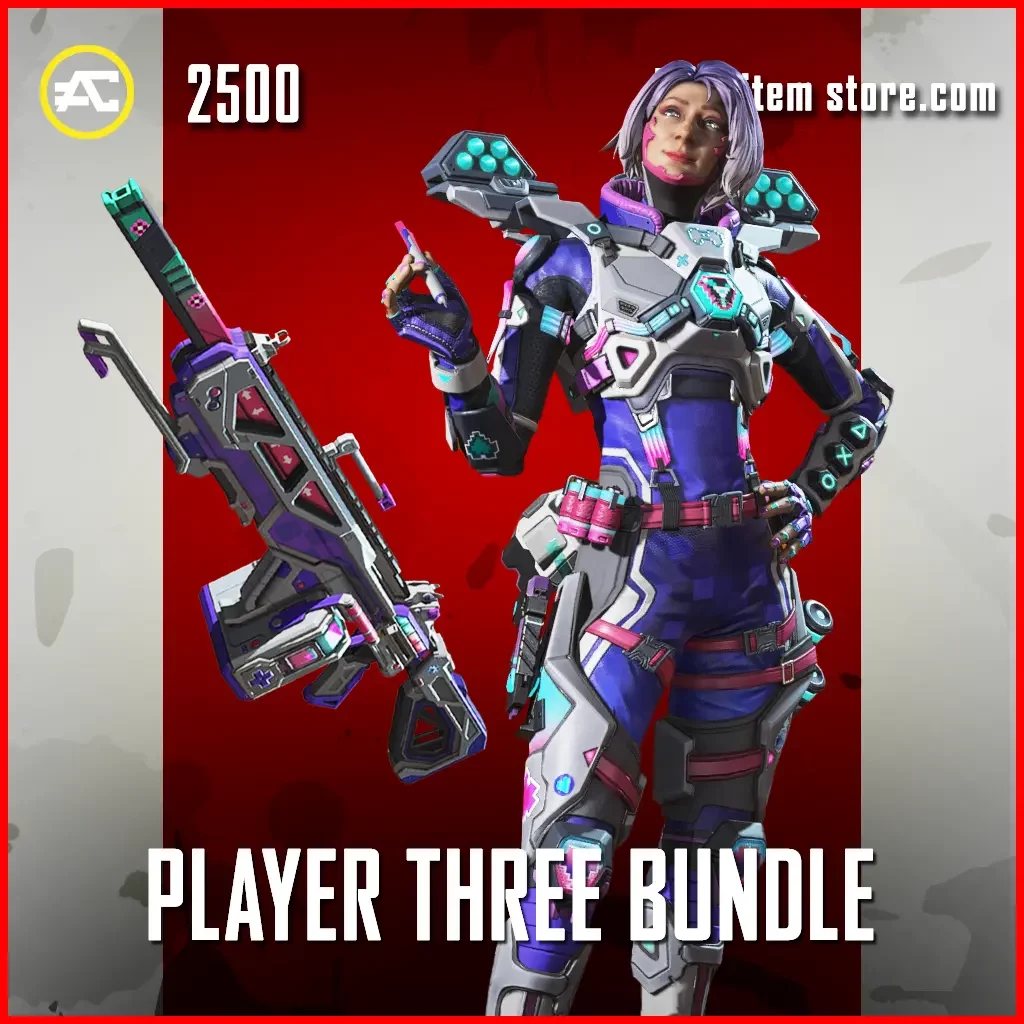BD Help Zone
Your go-to source for insightful news and information.
Skin Deep: Unveiling the Hidden Economics of Player Skins
Explore the surprising world of player skins! Discover their hidden economics and how they shape gaming culture. Unlock the secrets now!
The Real Value of Player Skins: Understanding Demand and Supply
In the ever-evolving world of online gaming, player skins have emerged as a highly sought-after commodity, with their value often dictated by the laws of demand and supply. Skins, which are cosmetic modifications for in-game characters and weapons, allow players to express their individuality and enhance their gaming experience. The rarity of certain skins, influenced by factors such as game updates, seasonal events, and limited-time offers, creates a significant demand among players. As a result, some skins can appreciate in value, leading to a vibrant marketplace where players buy, sell, and trade these virtual items. Understanding the dynamics behind this marketplace is crucial for gamers and investors alike, who are eager to navigate the complexities of skin valuation.
The demand for player skins is not solely based on aesthetics; it is also impacted by player perception and community trends. For instance, when popular streamers showcase certain skins or when they become a part of a trending game meta, the demand can spike dramatically. Moreover, supply plays a pivotal role as well; limited edition skins that are only available for a short period can lead to inflated values in secondary markets. Consequently, players often strategize their purchases and trades to capitalize on fluctuations in demand and supply. Ultimately, the true value of player skins extends beyond their visual appeal, embodying a complex interplay between market forces that define the gaming economy.

Counter-Strike is a popular first-person shooter game that has gained a massive following since its release. Players engage in team-based missions, often focusing on objectives like bomb defusal or hostage rescue. For those seeking to enhance their gaming experience, using a csgoroll promo code can provide exciting bonuses and rewards.
How Player Skins Shape In-Game Economies: A Deep Dive
Player skins have become a defining feature of modern gaming, providing not only aesthetic value but also significant influence over in-game economies. These virtual items allow players to express their individuality and often act as status symbols, leading to a robust marketplace where skins can be bought, sold, and traded. The demand for unique or rare skins drives prices up, creating an economy that parallels real-world economic principles of supply and demand. This phenomenon is especially pronounced in games such as Counter-Strike: Global Offensive and Fortnite, where exclusive skins can fetch staggering prices, sometimes even exceeding the cost of the game itself.
In addition to their impact on individual players, player skins significantly shape the broader in-game economies by creating opportunities for developers to generate ongoing revenue. Many games utilize seasonal events, promotions, or loot boxes, encouraging players to spend real money on skins that may not have a direct effect on gameplay but enhance the overall gaming experience. Furthermore, the trading of skins fosters a thriving community where users engage with one another, leading to the emergence of specialized marketplaces. As such, understanding the dynamics of skin trading can provide valuable insights into the evolving landscape of digital economies and their future implications for both gamers and developers alike.
Are Player Skins Worth the Investment? Exploring User Perspectives
In the ever-evolving realm of online gaming, the concept of player skins has taken center stage, piquing the interest of both casual and dedicated gamers alike. These customizations, which enhance the aesthetic appeal of a player's avatar or weapons, often come with a hefty price tag. Many wonder, are player skins worth the investment? For some players, the allure of flaunting exclusive designs or seasonal themes reflects a status symbol within the gaming community. Moreover, the potential for these skins to appreciate in value over time, akin to virtual collectibles, adds another layer of intrigue to their purchase.
However, the value of player skins isn't solely centered on economic factors; it also taps into the emotional connection gamers have with their favorite titles. According to user feedback, many players report that unique skins enhance their overall gaming experience, making them feel more immersed in the game world. Additionally, 49% of surveyed gamers stated that they would spend money on skins if they felt a personal connection to the character or game lore. Ultimately, while the investment in player skins varies based on individual preferences and financial considerations, their impact on user enjoyment cannot be overlooked.